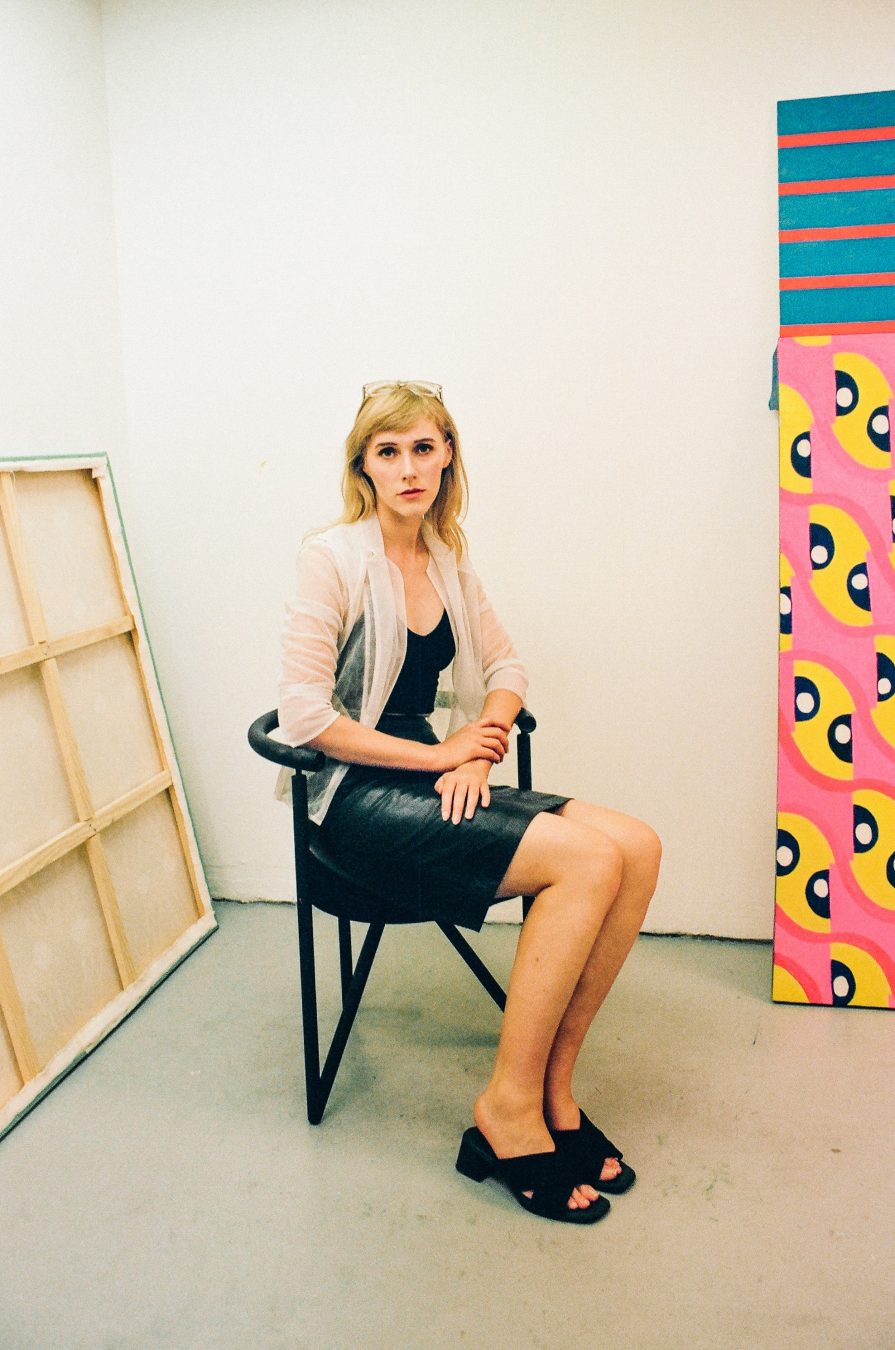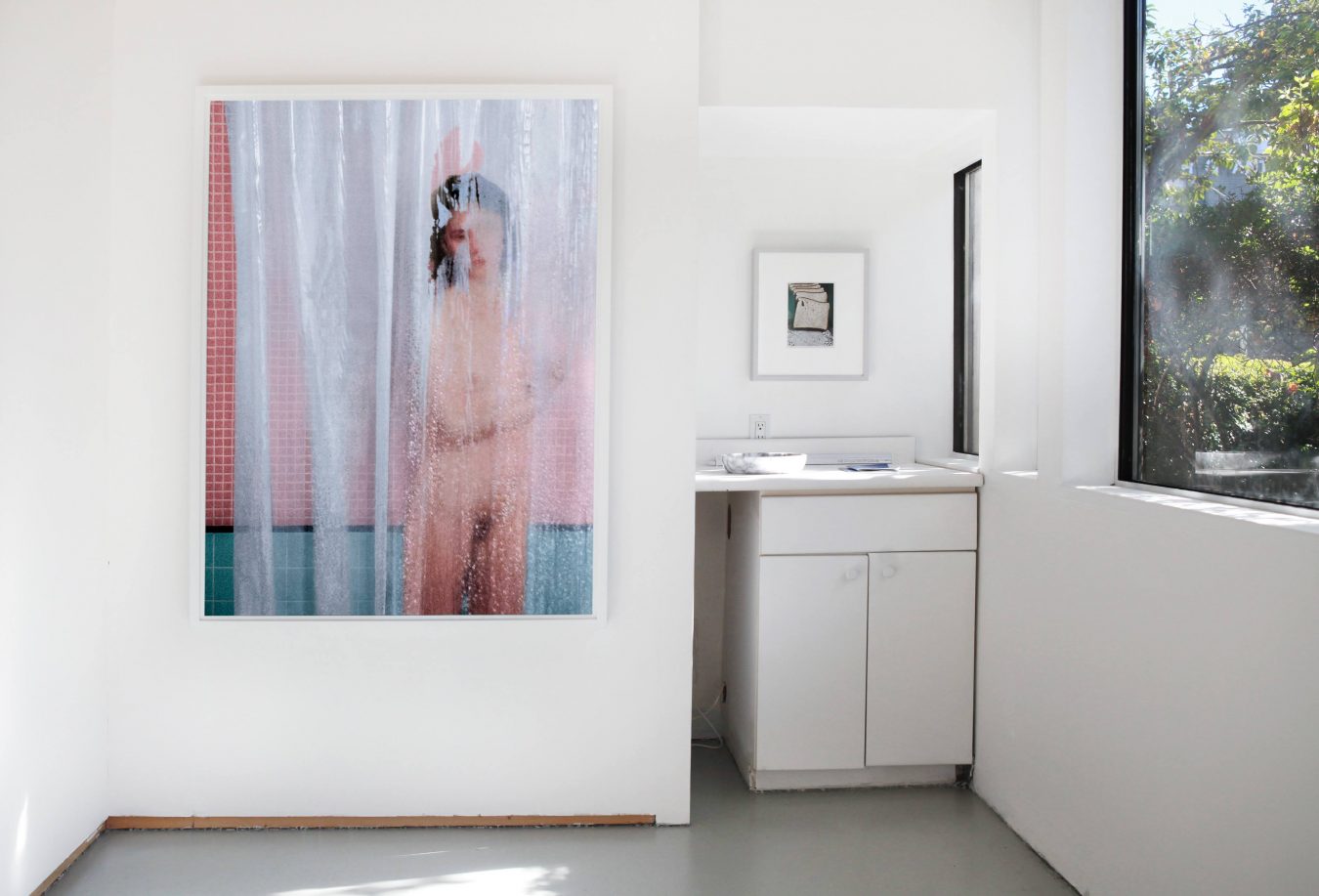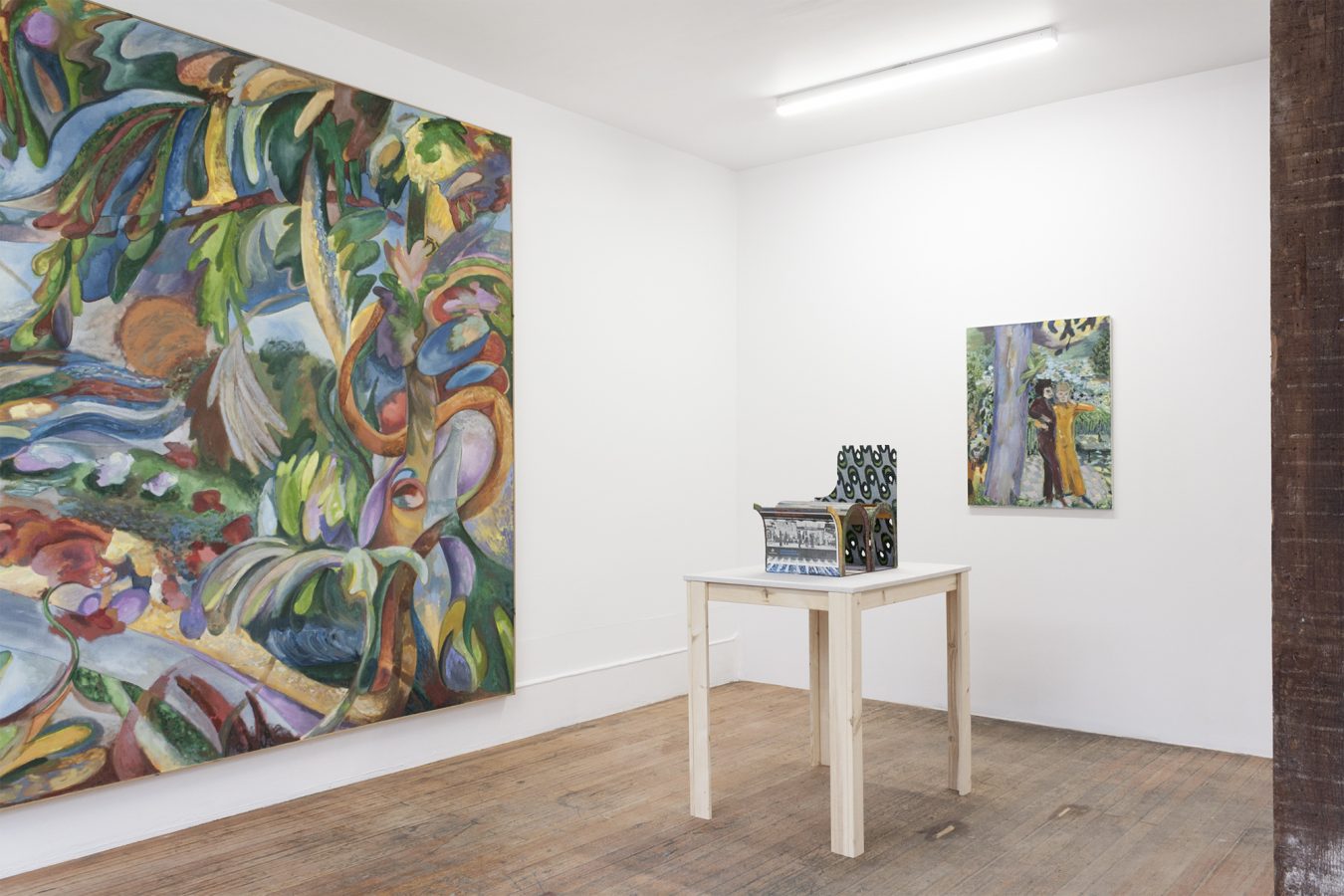The white cube gallery model—clean white walls isolated from any environmental influence—has remained largely ubiquitous and unchanged since its takeover of commercial and institutional spaces in the 1940s. Much has been made of the digital sphere, a new non-physical location where platforms such as Instagram are touted as possible replacements for the storefront. The concept is promising, especially in North American cities like Vancouver, which is marred with housing inequality, and where sustainability is difficult to foster in any pursuit that requires a square-footage. Yet, within these difficult constraints, the city is seeing the slow emergence of a new young class of curators, art organizers, and gallerists who are thinking outside the cube.
“It’s a really interesting time to think about working with artists because it’s an incredibly different [time] from the 1960s and the way galleries used to work with their artists,” explains Michaela Mitchell, director of Patron Art House. The space, which opened in the fall of 2017 on West 8th Avenue, operates as part gallery, part artist studio, and part consulting agency. Focusing on a small roster of non-exclusive artists, including Thomas Arden and Matthew Shields, as well as consulting work with other galleries, Patron Art House is exploring a less rigid model. “We’re also a consulting company for individuals and businesses that want to get involved in collecting art. I’m currently working with an artist inventory as well as making connections with galleries, as they have a lot of back-inventory of their own artists,” Mitchell says. In terms of services, consulting means anything from individual curatorial management, to artist speaker engagements, to art education sessions for businesses and corporations.
Expanding business prospects from just a red-dot sale to a more dynamic and inclusive model is part service, part survival. After working within more traditional galleries, Mitchell became aware of Vancouver’s somewhat limited collector pool, which poses a challenge for both gallerists and their artists. “I want my artists, many of whom are upcoming or mid-career, to have flexibility—and I like the idea of working with other commercial galleries,” Mitchell says. “Vancouver is such a small, secluded city. Your artists need to have connections back east or in the States to grow their careers.”
Commercial galleries typically hold a roster of exclusive artists that represent the curatorial breadth of the organization. Yet in smaller artistic communities such as Vancouver, exclusive rosters can be a hindrance to emerging artists—especially when their sales rate is low. Like Patron Art House, Field Contemporary on West Broadway shies away from an established roster. Owner and director Daniel Jefferies has brought in a number of local and international artists (Mike Bourscheid, Simone Jarvis) as well as guest curators, focusing on fostering critical dialogues.
Field Contemporary was born out of the apparent lack of emerging artist space within the city in 2013. “When I was at Emily Carr, I noticed that there was lack of exhibition spaces for people coming into their practise, so I just started walking around and I found a space and made an offer,” he recalls. For Jefferies, who operates a more or less traditional commercial gallery, the physical space is a necessity of the art-viewing experience. “You completely miss out on understanding something visually and physically just seeing it online,” he says. “Instagram and social media are good tools to use to the get idea across and to sort of start a conversation between different practises or other artists, but I think having a space and allowing people to come and appreciate [art] is important. And the idea is that someone wants to take it home with them, too.”
Vancouver’s most vibrant recent addition is Tobin Gibson’s Unit 17. Gibson was associate director at Chinatown’s The Apartment and assistant curator at Presentation House (now Polygon Gallery) shortly after his graduation from Emily Carr, and has recently returned to Vancouver after living in London. “It was quite a struggle to work within the city as a guest curator because so many of the programs were changing constantly; the shows would always shift dates and the directors would be changing,” Gibsons says of his time in Vancouver before moving to the UK. “It seemed like there was a sort of gap in the commercial perspective in the city.”
Unit 17 has seen a few different experimental locations over the last year, including a temporary space in East Vancouver and outdoor exhibition sites over the summer. The gallery has shown the works of artists such as Jessica Bell, Eli Bornowsky, and Ebony Rose. Unit 17 has now found a permanent location in Kitsilano, which has long been the assumed new gallery hub as rental spaces in East Vancouver become rare and expensive. “We’re not dealing with those difficult spatial politics of moving eastward or industrial,” says Gibson. “Instead, we’re taking an established neighbourhood … and doing something different.”
While Unit 17 may be a new gallery in the area, Gibson is keenly aware of Vancouver’s art history and is careful to recognize the experimental spaces that were present in Kitsilano during the 1960s and ‘70s. “It’s special because there’s such a history in Kits,” he says. Unit 17 is, in part, a continuation of the exciting and engaging spaces of Vancouver’s past that focused on experience and community rather than the traditional wine and cheese openings. “[We] have artist studios in the back of the gallery and we have a very large outdoor space, 1,200 square-feet, that will be used as a sculpture garden for dinners and readings—so it’s a bit of a different model than many spaces in the city,” Gibson says. Unit 17’s design is connected to community, to its sense of place, differentiating itself from both the white cube gallery (which requires anonymity) and the digital realm (which is locationless). There may be no answer to the big looming questions that hover over conversations about art sustainability in this city, but at least we now have some thoughtful responses to consider.
More from our Arts section.














